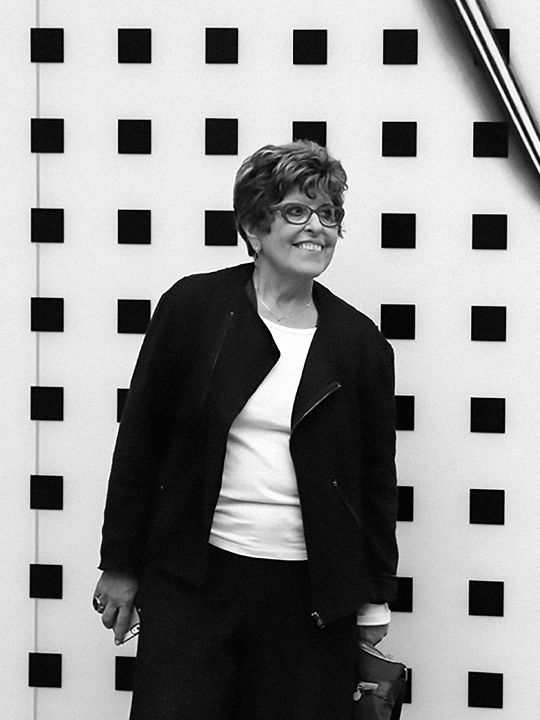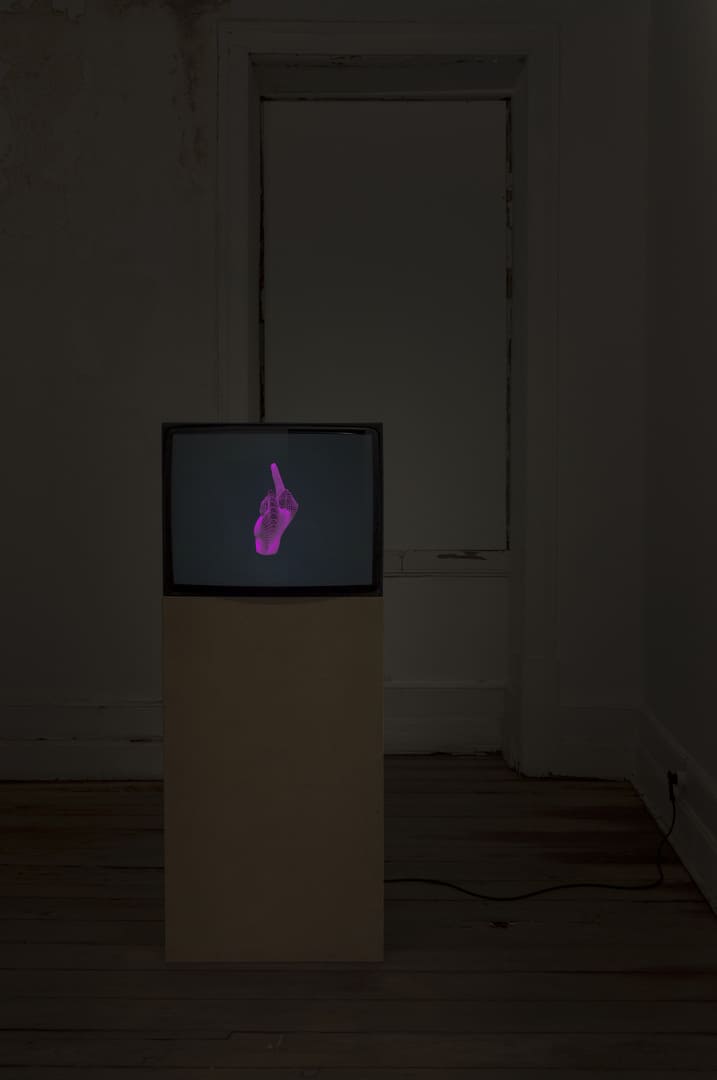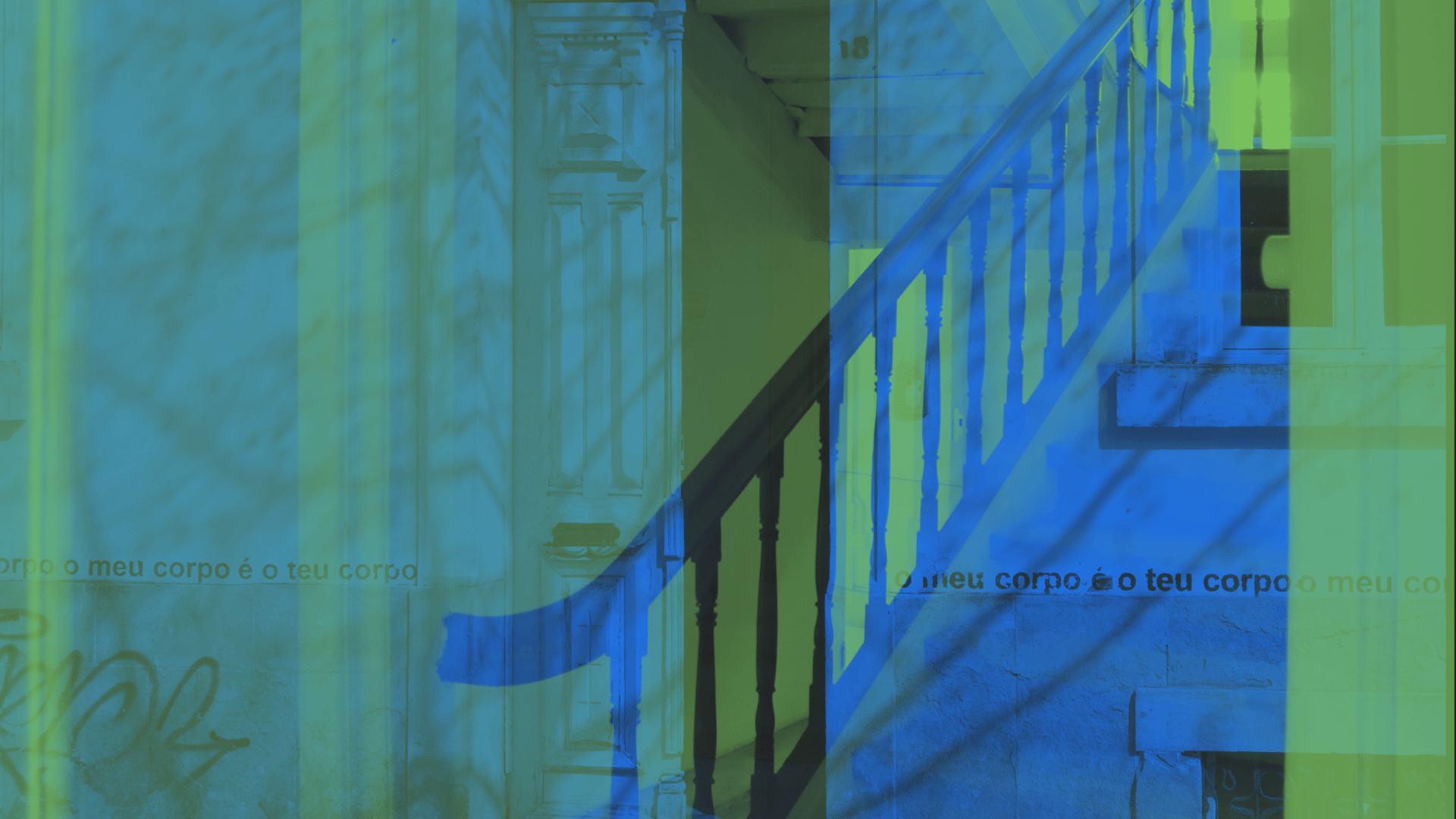Regina
Silveira
Regina Silveira



Brazil, 1939
One of the leading names in Brazilian art, Regina Silveira (Porto Alegre, Brazil, 1939), works with a range of practices like few other artists. Her work is governed by the principle that "the means serve the ideas", which is why she ranges from manual printing techniques such as woodcut and serigraphy to new media such as augmented reality and NFT.
Representative of her career is her contact with the artist Iberê Camargo, with whom she took painting lessons and "learnt" to doubt crystallised codes of representation, her contact with the European artistic field when she was awarded a scholarship at the Institute of Hispanic Culture in Madrid, and her teaching experience, which began in Puerto Rico and continued later in Brazil at the Armando Álvares Penteado Foundation and the School of Communications and Arts at the University of São Paulo. Throughout her career, Regina Silveira has always been in tune with the avant-garde movements in Brazil and abroad, being recognised as a forerunner in thinking about the means of representation, modes of image production and the exploration of mediums such as video art (a medium she pioneered with Júlio Plaza). Exploring the destabilising power of art, she has dedicated a large part of her production to research into visual codes and art as a form of knowledge. Within these fields, she has developed works permeated by the political and the enigmatic, reacting to being in the world with exemplary irreverence and avant-gardism.
Una vez más, 2012
Video, color, sound, 2'56"
Cortesia of the artist and Luciana Brito Galeria
The artist's hand is a crucial element in Regina Silveira's work. Delimiting the space of an empty blackboard (Campo, 1977), "drawing" signs of non-verbal communication (A Arte de Desenhar, 1980), or serving as a mould for a statue (Classic, 2012). In the work presented at this biennial, Una vez más, this part of her body is transformed into a self-portrait. Regina Silveira uses her typically acid humour by eternalising the rendered image of her hand making an insulting gesture. Simultaneously self-referential and universalising, Una vez más expresses an irreverent attitude towards life, marked by a certain "lack of patience".
Anachronistic, the work reconciles divergent temporal spaces in the conflict between the rendered image and the analogue soundtrack. Timeless, despite being related to the socio-political context of Brazil at the time it was conceived, it manifests and incorporates revolts, restlessness, insubordination, and a perpetual nonconformity to the state of things within itself.
Regina Silveira lives in São Paulo. Her work has been exhibited in various national and international institutions, including: Fundação Bienal de São Paulo, La Biennale di Venezia, Museu de Arte de São Paulo Assis Chateaubriand, Museu de Arte Moderna do Rio de Janeiro/de São Paulo, Museum of Modern Art, Solomon R. Guggenheim Foundation, Galeries Nationales du Grand Palais, Miami Art Museum, Museo Nacional Centro de Arte Reina Sofia, Fundació Joan Miró, Fundação Calouste Gulbenkian, Pinacoteca de São Paulo, Museu de Arte Contemporânea da Universidade de São Paulo, Mitchell Museum of the American Indian, Museu de Arte da Pampulha and Paço das Artes. Her exhibition Simulacros (1984) was on tour at the Círculo de Artes Plásticas de Coimbra. Among the retrospective and anthological exhibitions of her work, the following stand out: Ocupação Regina Silveira, Itaú Cultural (2010), and Regina Silveira: Outros Paradoxos, Museu de Arte Contemporânea da Universidade de São Paulo (2021).

